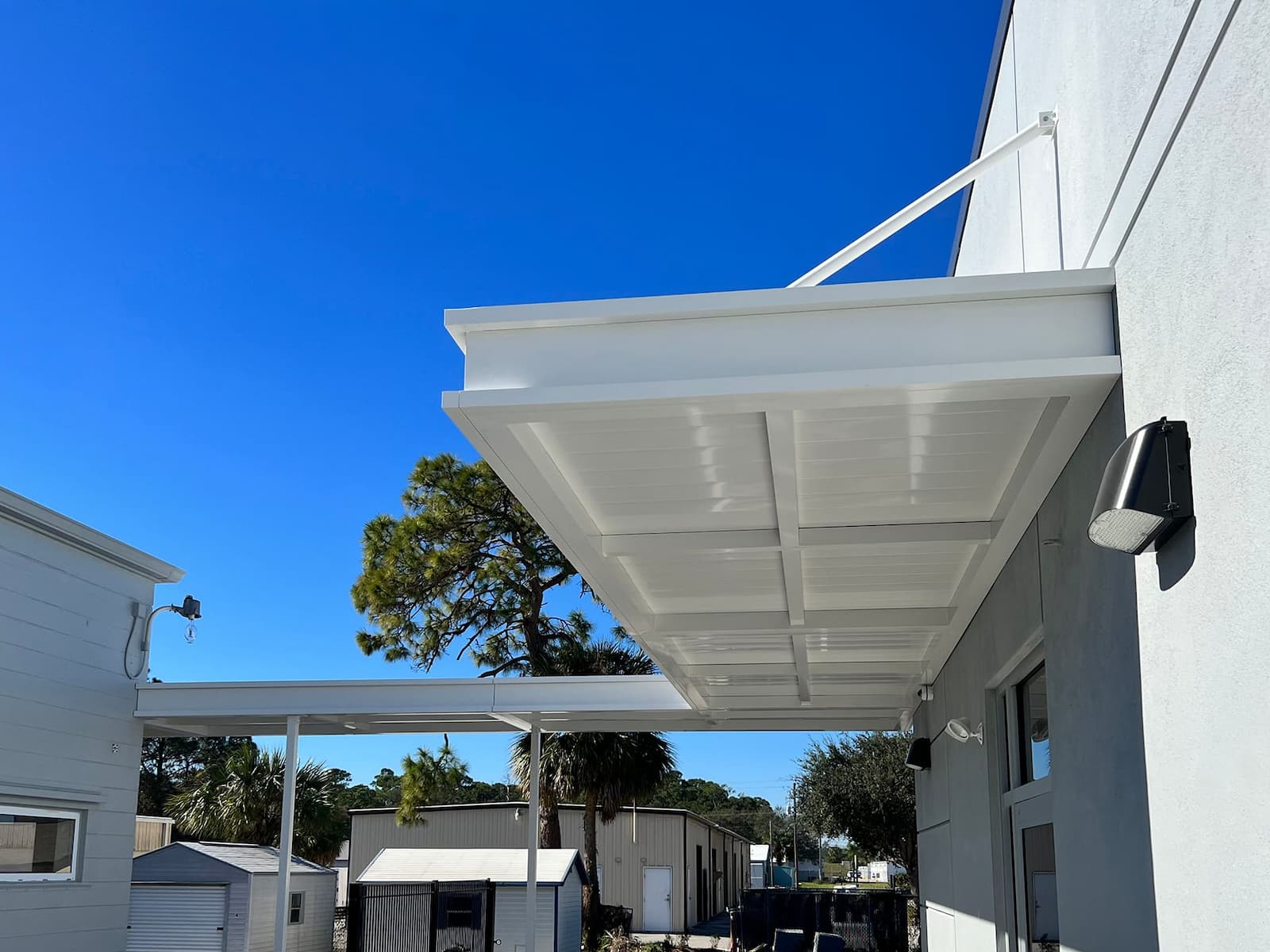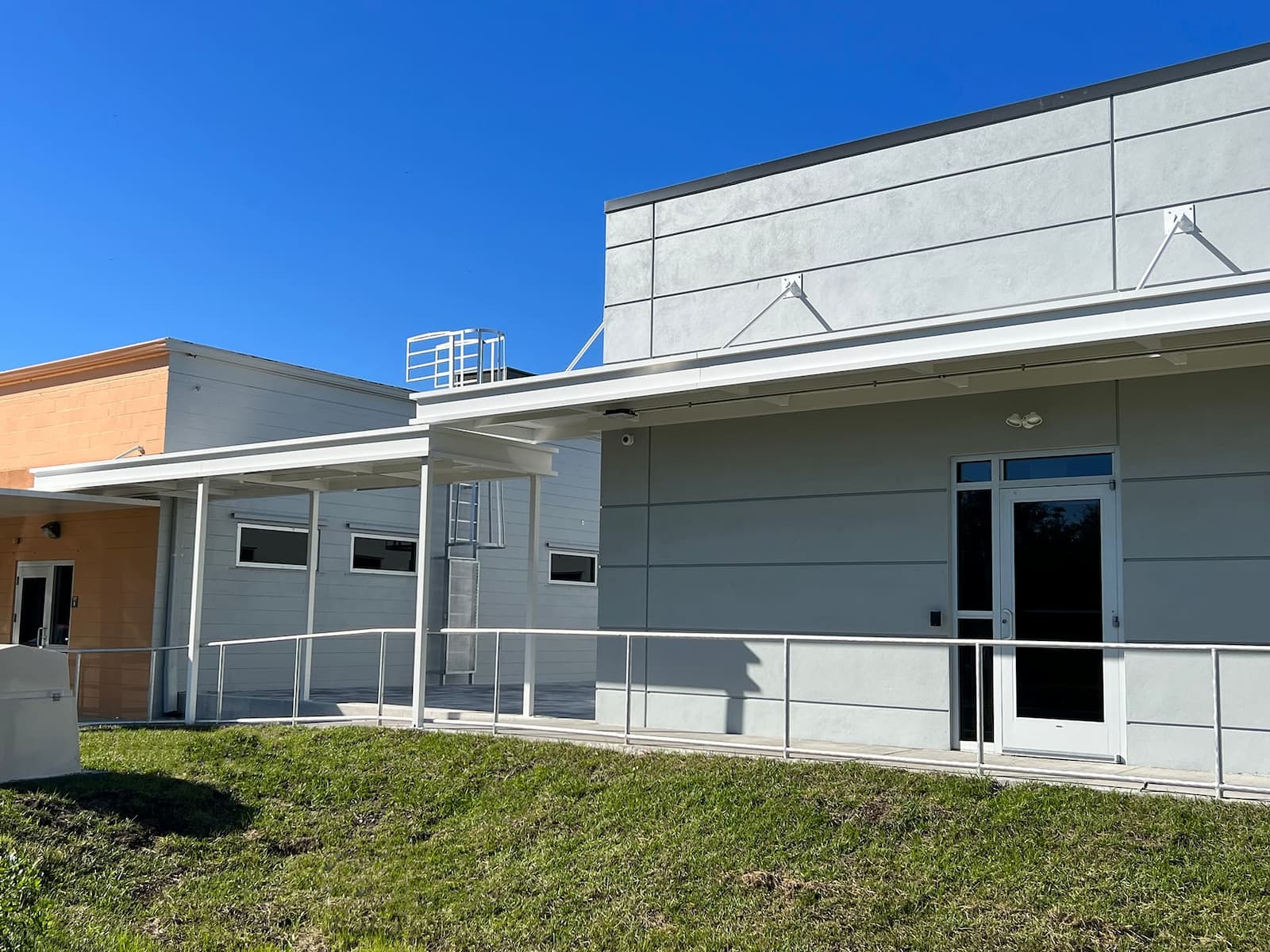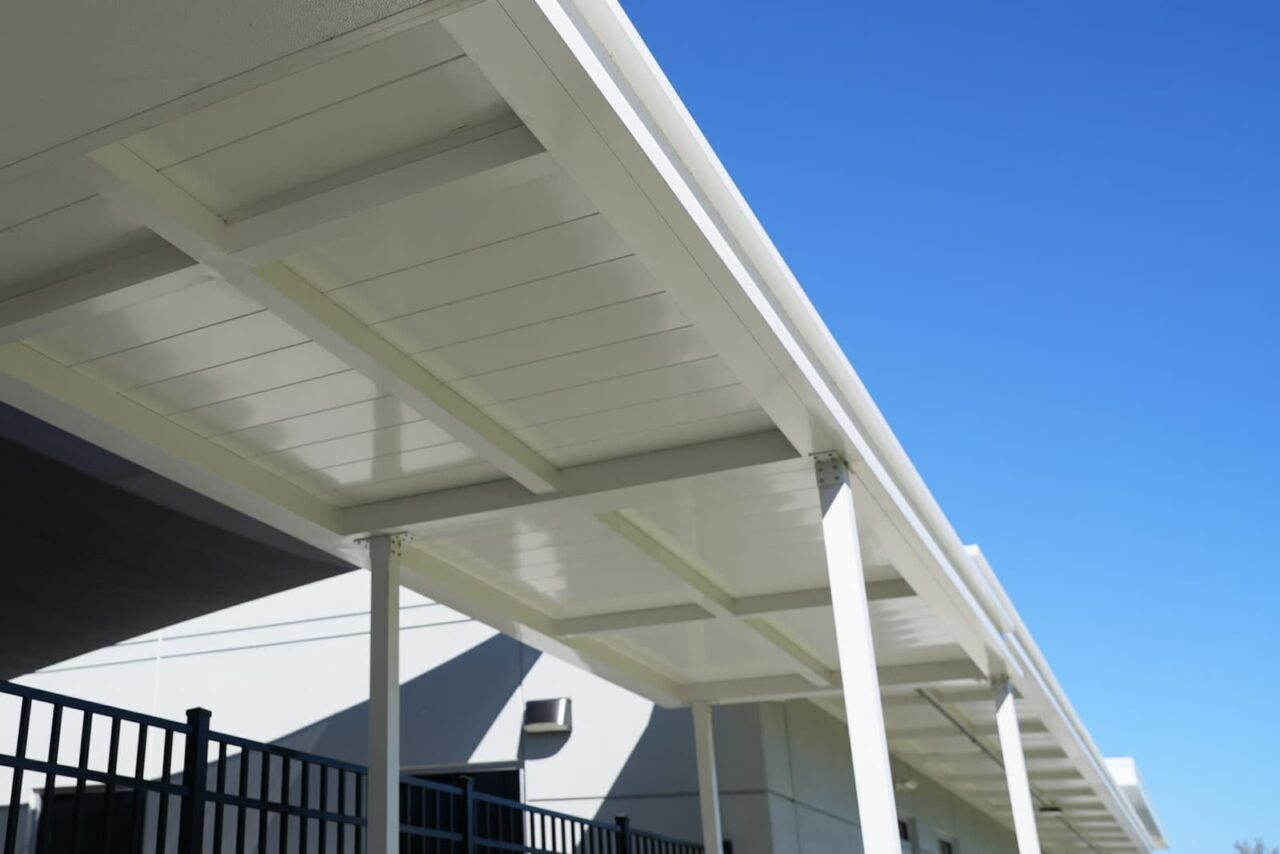In today’s architectural landscape, the integration of functionality with aesthetics has never been more paramount. Covered walkways, a seemingly simple addition to any space, play a crucial role in bridging this gap. Offering shelter from harsh weather conditions and enhancing the visual appeal of outdoor spaces, covered walkways are more than just a passageway; they’re a statement of design and utility. This fusion of practicality with elegance transforms mundane paths into captivating experiences, inviting individuals to enjoy the journey as much as the destination. As we navigate through various architectural styles and periods, the significance of such structures becomes increasingly evident, embodying the essence of thoughtful design in our daily lives. Through their versatility, they cater not only to the needs of today but also anticipate the demands of tomorrow, showcasing the ever-evolving relationship between human interaction and architectural innovation.
The Varied Faces of Covered Walkways
From the bustling streets of urban centers to the tranquil paths in parks and recreational areas, covered walkways come in various designs and materials, showcasing the versatility and adaptability of these structures. The choice between robust metal frames with polycarbonate sheets and the natural elegance of wooden beams with glass roofs allows these structures to blend seamlessly with their environment. Furthermore, the inclusion of innovative materials like reinforced fiberglass and eco-friendly, recycled plastics introduces a sustainable element to modern designs, enhancing environmental harmony. As architects and designers push the boundaries of creativity, covered walkways evolve into architectural highlights that not only serve functional purposes but also act as landmarks within their settings, enriching the visual and practical landscape of public and private spaces alike.

Designing with Purpose
When it comes to covered walkways, the design process is a delicate balance between aesthetics and function, as architects and designers strive to create structures that harmonize with their surroundings and stand the test of time. Considerations such as climate, architectural style, and user flow are paramount. Additionally, the integration of sustainable materials and energy-efficient designs is becoming increasingly important. Designers are also incorporating innovative technologies, such as smart lighting systems and rainwater harvesting features, to enhance usability and environmental responsibility. These advancements highlight the evolving nature of architectural design, where the goal is to meet today’s needs without compromising the ability of future generations to meet theirs, making every covered walkway a testament to forward-thinking and resilient design.
The Journey from Blueprint to Reality
The installation process of a covered walkway is comprehensive and detailed, starting with a well-thought-out plan that progresses through the design phase into construction. This meticulous journey ensures the final structure is not only safe and robust but also aesthetically pleasing, enhancing the environment it occupies. Beyond the initial construction, this process often involves considering the impact on the surrounding area, ensuring minimal disruption during the build, and integrating the walkway smoothly into the existing landscape. The completion of such a project represents a significant enhancement to any space, blending functionality with design elegance.
Upkeep: The Key to Longevity
Maintenance is crucial for the longevity of a covered walkway, with regular inspections and cleanings essential to ward off wear and tear. This care ensures both safety and aesthetic appeal over time. Additionally, addressing minor issues promptly can prevent more significant problems, saving costs and extending the structure’s life. Seasonal maintenance is also important, as different weather conditions may affect materials differently, requiring specific upkeep strategies. Through diligent maintenance, covered walkways can continue to serve as functional, beautiful elements of outdoor spaces for many years.

Transformative Spaces: A Closer Look
The profound impact of a well-designed covered walkway stretches beyond mere functionality, enhancing both safety and aesthetics in diverse settings. In educational environments, they safeguard students from the elements, while in commercial spaces, they contribute to the overall architectural appeal and improve customer experiences. These structures not only serve practical purposes but also play a significant role in integrating seamlessly into the environment, highlighting the importance of thoughtful design in our daily surroundings and promoting a more connected and accessible world.
Embracing the Path Ahead
Reflecting on the significance of covered walkways reveals their dual role in contemporary architecture. Beyond serving as practical solutions for weather protection and connectivity, they embody the harmonious blend of utility and aesthetic appeal. Their design and implementation enhance spaces, offering a seamless integration into the landscape and elevating the overall user experience. Such structures underscore the evolving priorities in architectural design, where functionality meets form, enriching our built environment and reinforcing the idea that thoughtful design can indeed improve daily life.

